I am trying to create a ping pong ball sized light-up ball that should light up when held in my hand, as in the 80's toy inspired by the movie/television series "Star man".
The circuit must be powered by a coin battery cell, preferable a 1.5 V LR44.
I have a ZXSC380FHTA LED driver and a 47 μH or 100 μH RF inductor.
The LED is a standard 5 mm white LED from a broken computer fan which lights up using only the LR44 button cell, LED driver, and inductor.
I have tried with a 2N2222A transistor to drive the touch (skin) switch and even tried to create a Darlington transistor by combining two of these, but no success.
So far I only tried on a breadboard to get a skin connection using two pins. Is the surface area to the skin insufficient, or is there something wrong with the electrical design?
Does have a suggestion?
When driven by 5 V from an Arduino it is no problem to light up the LED with just a transistor and using the skin to close the circuit between +5 V and transistor base, but when transitioning to 1.5 V I guess there is too little voltage to drive even an LED driver of the type mentioned above.
Also, should the load, i.e. the LED driver/inductor/LED be placed at the collector or emitter side of the transistor?
Update: When using 3 x 2n2222a in a darlington config, I can get the led to shine using a 3V coin cell. But only if the finger is licked a little before pushing the two pins I use to test this on the breadboard. I will try to use a bigger piece of metal as connector next and maybe order some triple darlington transistors to further test. Also when googling: "energy ball" seem to hit a simulcrum of what I want, the nowadays sold "energy balls" doesn't light up, but blink and make annoying noises. Which to some might seem like an improvement but to me seem like; "Oh why, for the love of a hot women (or man, if you are so inclined)."
